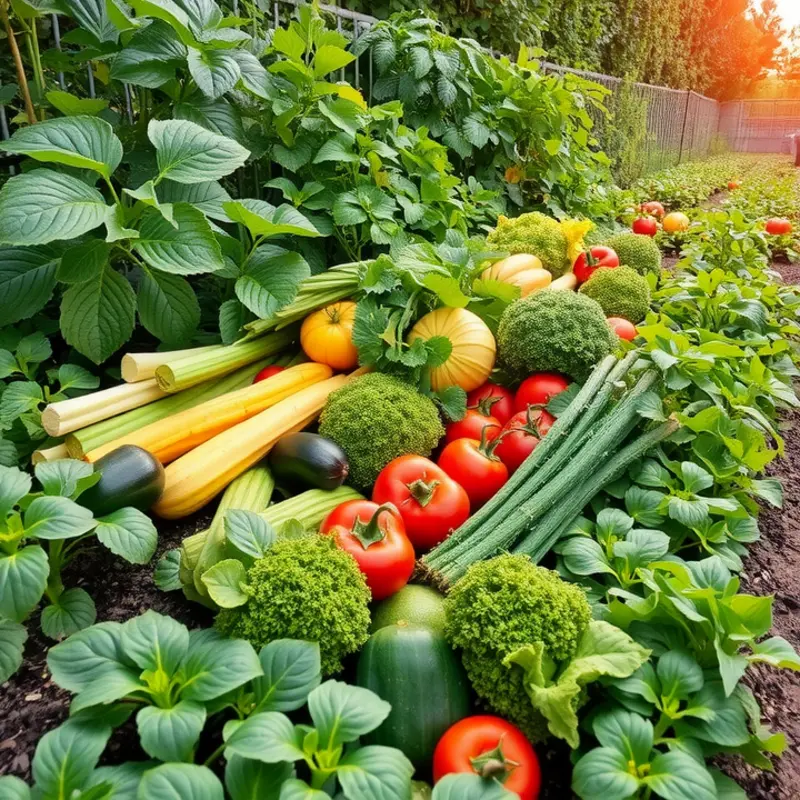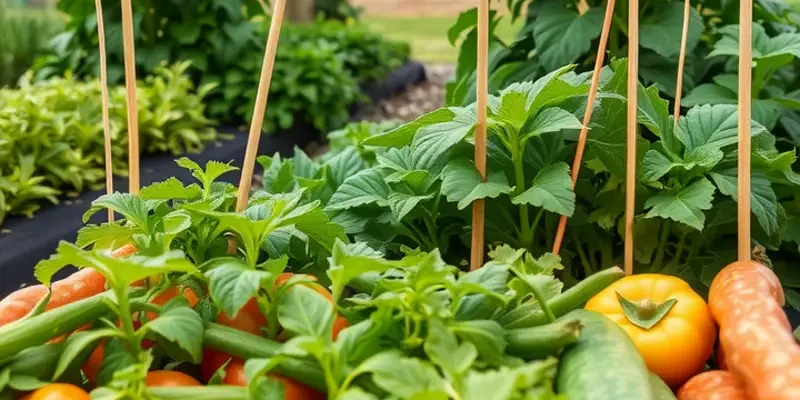Adopting creative food scrap reuse methods not only minimizes waste but also enhances your cooking experience. By finding new ways to repurpose scraps, you can store food efficiently and lower your food waste footprint. This guide explores inventive techniques to help you maximize every kitchen ingredient and inspire a sustainable lifestyle.
The Art of Utilizing Vegetable Scraps

Crafting a flavorful meal from vegetable scraps begins with understanding their hidden potential. Carrot tops, onion skins, and celery leaves are often overlooked but can enhance the depth of your culinary creations.
Carrot Tops
Carrot tops hold a bright, fresh flavor akin to parsley. Chop them finely to mix into salads, couscous, or grain bowls, offering a refreshing herbal note. They can also transform into a vibrant pesto when blended with nuts, oil, and a dash of lemon juice. This pesto pairs beautifully with pasta or as a spread for sandwiches.
Onion Skins
Though usually discarded, onion skins pack powerful antioxidants and can amplify the color and flavor of stocks and broths. Simmer onion skins with water, adding vegetable scraps like carrot ends and celery tops to build a rich, low-cost broth. After straining, use this stock in soups or risotto for an added flavor dimension. Onion-infused salt is another ingenious use. Dry the skins, grind them into a powder, and mix with salt to sprinkle over dishes for a subtle onion essence.
Celery Leaves
Celery leaves are more than a garnish. Their robust flavor can stand out in soups, stews, or stir-fries. Mince them to sprinkle over finished dishes, enhancing both taste and presentation. Alternatively, they add body and nutrition to smoothies, much like kale or spinach, without overpowering flavors.
Broth Basics
Creating broth from vegetable scraps is both waste-reducing and cost-effective. Start a freezer bag to collect usable scraps; onion peels, garlic skins, and herb stems are excellent inclusions. When full, the bag provides a ready mix for a slow cooker or a simmering pot of water. Strain the contents once they turn fragrant and the liquid is golden. Season to taste and use immediately, or freeze in portions for convenient access during busy cooking sessions.
For more ideas on reducing kitchen waste and smart storage solutions, explore our eco-smart kitchen storage guide.
Utilizing vegetable scraps does more than reduce waste; it encourages creativity in the kitchen and can introduce new, bold flavors into everyday meals. The next time you prepare a meal, look at your vegetable remnants with a creative lens, transforming them from potential waste to culinary wonders.
Repurposing Fruit Peels and Seeds

The humble fruit peel, often discarded without a second thought, harbors significant potential. Citrus peels, apple cores, and even watermelon rinds offer new dimensions to home cooking. By creatively utilizing these components, you can enhance your culinary repertoire while minimizing waste. Let’s explore some innovative approaches to repurposing fruit peels and seeds.
Citrus Peel Candies:
Citrus peels are a flavor powerhouse. To make citrus peel candies, start by boiling the peels in water to remove bitterness, then simmer in sugar syrup until translucent. Once cooled and sugar-coated, these candies add a zesty touch to desserts, teas, or even as an unexpected garnish. The natural oils in citrus peels make them a perfect candidate for infusing flavor and aroma into various dishes.
Apple Cores for Cider:
Rather than discarding apple cores, transform them into apple cider. After enjoying the flesh of the apple, collect the cores in a pot, cover with water, add a bit of sugar, and let them ferment naturally. Strain the liquid after a few weeks, and you have a delightful homemade cider. This process not only minimizes waste but also enhances your understanding of fermentation, a rewarding kitchen skill.
Watermelon Rind Stir-Fry:
Watermelon rinds resemble cucumbers in texture, making them an unexpected but excellent addition to stir-fries. Peel the outer green layer, slice the white part into thin pieces, and toss them into your favorite stir-fry. They absorb flavors well and maintain a satisfying crunch, adding both nutrition and a textural contrast. Incorporating watermelon rinds also fosters a culture of utilizing every part of the produce, promoting sustainable food habits.
Innovative Seed Uses:
Often overlooked, seeds like those from pumpkins or sunflowers can be repurposed as healthy snack options. Roast them with spices for a nutritious nibble. Citrus seeds, when dried and ground, can act as a natural thickening agent for soups or stews, adding subtle hints of flavor. Such creative utilization of seeds exemplifies the versatility of kitchen scraps, encouraging the practice of resourceful cooking.
For further insights on minimizing food waste through smarter storage, consider exploring more about eco-smart kitchen storage. This resource provides practical advice on how to keep food fresh longer, further aiding in the reduction of waste.
Repurposing fruit parts goes beyond mere routine; it’s about embracing a mindset of sustainability and creativity. When these components are thoughtfully integrated back into our meals, they offer not only a reduction in waste but a richer flavor palette to enjoy. Each peel, core, or seed holds the potential to transform an ordinary dish into something extraordinary, highlighting the beauty of resourcefulness in the kitchen.
Final words
Embracing food scrap reuse in your daily cooking not only reduces waste but enhances your culinary creativity. By utilizing vegetable scraps and repurposing fruit remnants, you can make the most out of your groceries while contributing to a more sustainable lifestyle. With these practical techniques, you’ll be well on your way to less wasteful cooking and possibly discovering your new favorite recipes. Let the creativity flow from the kitchen to the plate, ensuring every part of your purchase is appreciated.







